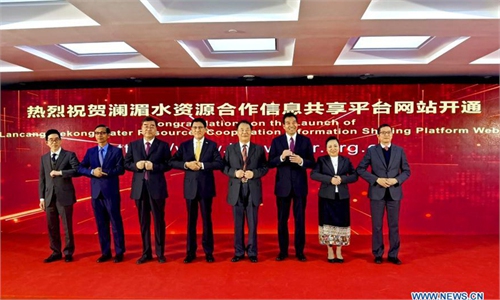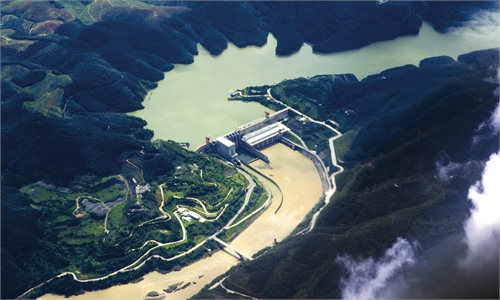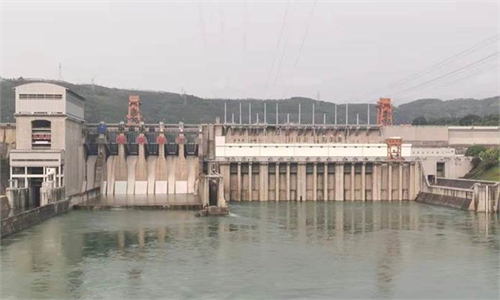Envoys refute China’s water hegemony on Mekong River with in-person visits
Seeing is believing
In Southwest China's Yunnan Province, the reservoir of Jinghong Hydropower Station sparkled with green waves merging with the blue sky of late April when diplomats from the Mekong countries paid a visit. This gave them a complete new perception of the role of the Chinese-built dams on the Lancang River, upstream of the Mekong River that links six riparian countries.
The Jinghong and Nuozhadu hydropower stations, built on the Lancang River, were once the target of suspicion and attacks by Western media and some political forces portraying them as a gateway for China's "water hegemony" on the Mekong River through the control of the waterway with the dams.
However, "Seeing Is Believing" became the most common words during the four-day visit of the envoys from the six riparian countries to the hydropower stations. Visitors recognized China's efforts to ensure downstream water demand during the dry and wet seasons and to control floods as "a responsible upstream neighbor," while learning about the operation and technology of hydropower projects and their potential contributions in regulating flood and managing drought.
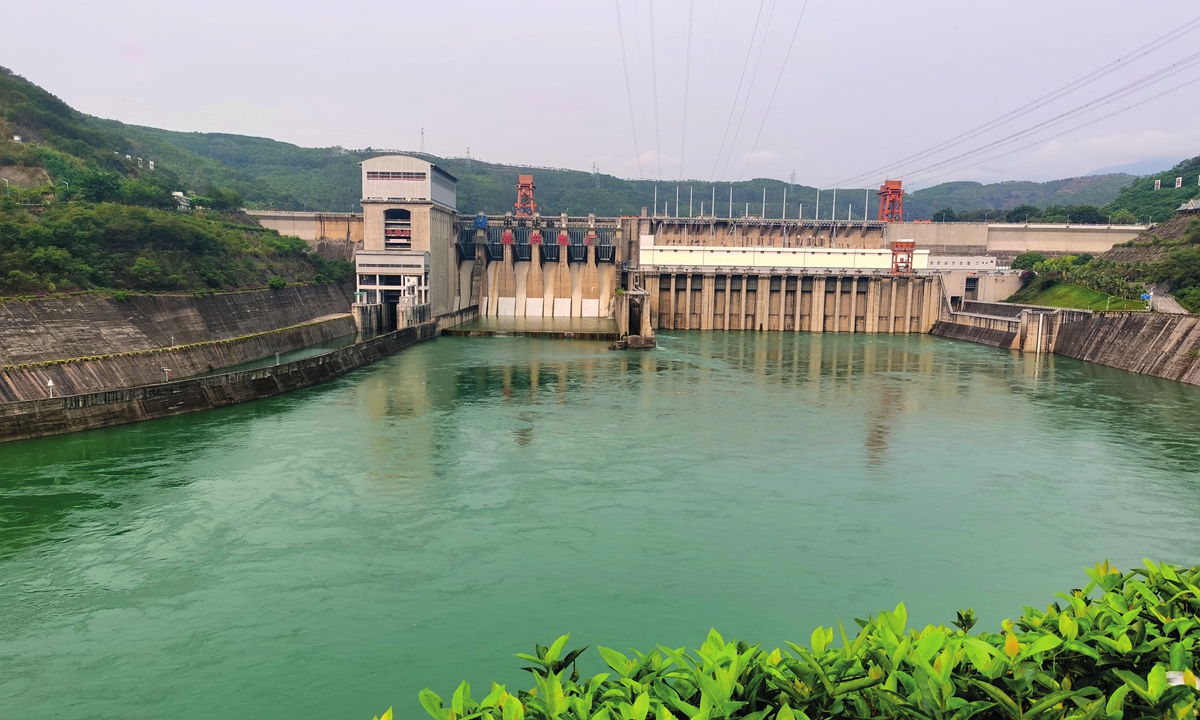
Jinghong Hydropower Station in Southwest China's Yunan Province Photo: Hu Yuwei/GT
Recognition with real observation
Several political forces or government-backed NGOs from certain countries continued lambasting China's role in the Mekong Region over the recent years and hyping China's "dam threat" citing only weak evidence and sources.
However, recognition from international experts and multiple peer-reviewed academic research publications have all refuted those groundless claims by relying on scientific evidence showing that drought downstream was mainly caused by reduced precipitation and extreme weather conditions.
Those claims demonize and exaggerate China's influence over the region but the fact is that the Lancang River Basin is close to 20 percent of the whole Lancang-Mekong River Basin, while its runoff only accounts for 13.5 percent, and the water consumption is only 0.6 percent of the whole basin runoff, Zhong Yong, head of the Joint Working Group on Water Resources Cooperation of LMC from China, told the Global Times.
Independent researches by China and other Mekong countries, the Mekong River Commission (MRC) and international institutes show that the proportion of Lancang runoff decreases along the mainstream while a large number of tributaries on the middle and lower Mekong contribute to a high inflow.
But China's responsibility never stopped. Latest data showed that for the past two months, the Jinghong Hydropower Station has been releasing more water than the river's average natural flow rate recorded during the current dry season on the Mekong River.
"When I heard Western countries talking about the damage by the Chinese dams to the Mekong River, I felt like it is serious. But when I came to see, the fact is very different from what they said. The dams are very good to protect the environment and rare animals, and especially for preventing floods and drought in downstream countries," Sreng Sataro, minister counselor of the Embassy of Cambodia in China, told the Global Times after his visit. "You see the Western media ignore the facts as they did with my country," he noted.
Some of the delegates from the riparian countries told the Global Times that the visits have changed their perception of the upstream hydropower projects.
"It's not certain to say China's dams are causing problems downstream. Some dams in Laos involve the participation of Chinese experts. They have done very good work improving people's living conditions and bringing more jobs," Thongsavanh Phyathep, minister counselor of the Laos Embassy in China, told the Global Times.
"We have been concerned about the building of dams but when we saw the real thing that they have done, I felt it is very good. They keep nature in good condition. It looks very safe. It's a good experience that I have seen with my eyes today," said Phyathep.
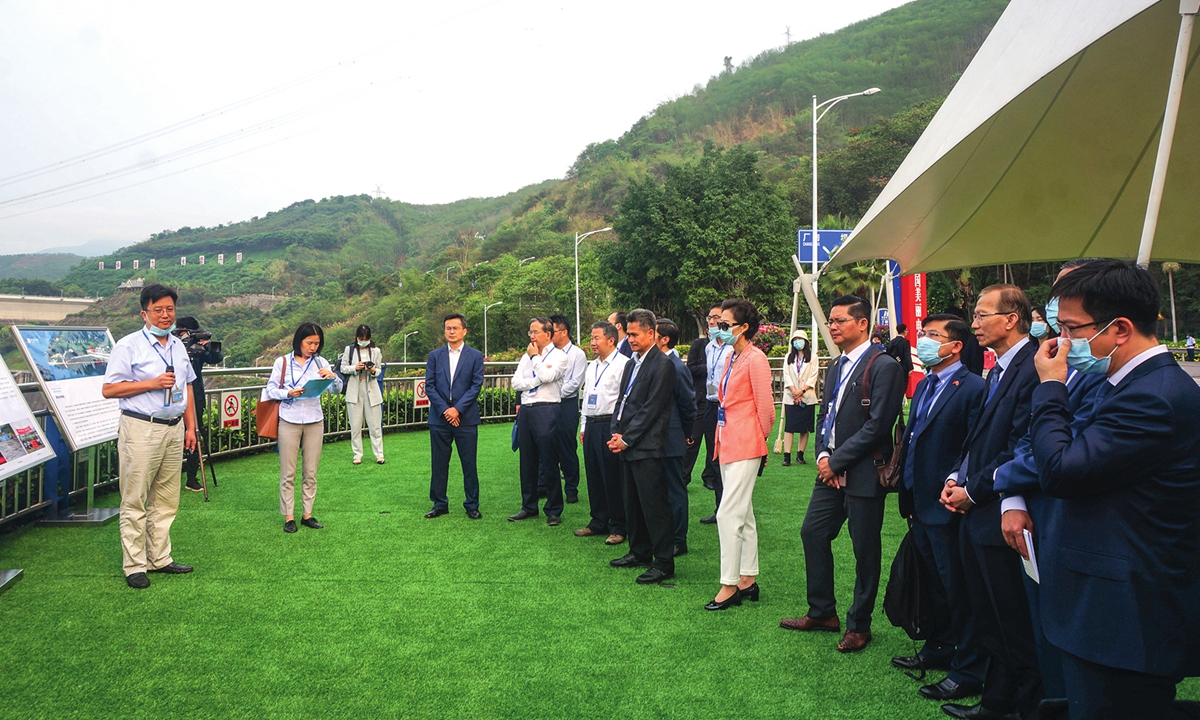
Mekong countries envoys visit Jinghong Hydropower Station in Southwest China's Yunnan Province on April 28 and learn about its techniques in regulating water during droughts and floods. Photo: Hu Yuwei/GT
"In 2016, the Mekong River countries endured the worst drought in 100 years. It was China's timely efforts to release water from the dam to the lower Mekong region that effectively alleviated the drought in those Mekong countries," said Htun Htun Oo, second secretary of the Embassy of Myanmar in China.
Mongkol Visitstump, the consul general of Thailand in Kunming, Yunnan also appreciated the visit saying that it allowed us "to understand the real situation of the Lancang River and the upstream areas in China with our own eyes and get information with own ears and able to learn with an open mind."
Constant investment in environment
Envoys were all impressed by the "good practices of the developers of the dam for taking care of the surrounding environment" after visiting a vibrant resettlement village, a fish breeding station and an animal rescue station, along with the Nuozhadu Hydropower Station, which were all part of the local government's effort to maintain biological diversity.
During the visit, the Global Times learnt that China has considered the impact on the downstream ecosystem of building hydropower stations on the Lancang River and adjusted some projects plans to ensure the fish migration channel will not be affected.
The construction of hydraulic power projects included multi-layer water intake measures and fish proliferation and releasing stations to protect endemic fish species.
"We normally adjust water temperatures suitable for fish breeding and closely monitor fish migration according to national standards," Zhou Jian, a vice president of the Huaneng Lancang River Hydropower Inc, told the Global Times during the visit.
Local governments and contractors not only considered the pressure of water demand on the ecology of the river but also invested large amounts of money to optimize the engineering design and build fish breeding and release stations to minimize the adverse environmental impact downstream.
The contractor transfers the submerged precious plants in the dam reservoir area to a separate botanical garden for preservation. They also keep the less fertile species in the reservoir through artificial breeding, Zhou said.
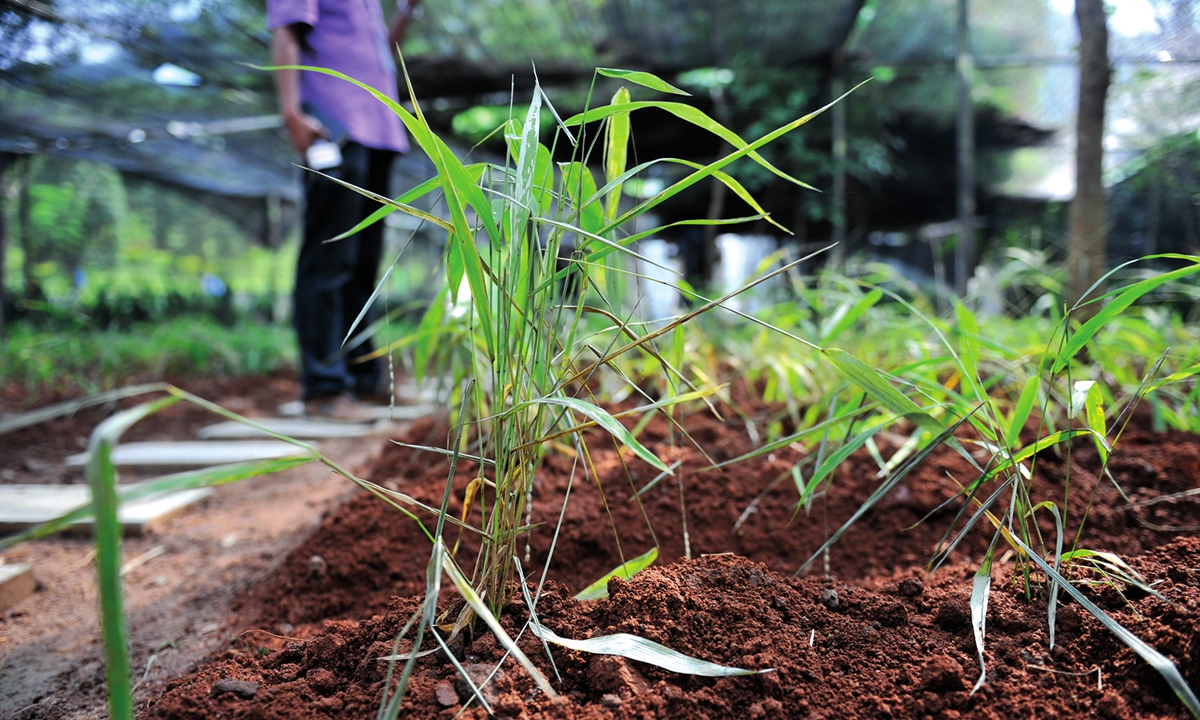
Scientists maintain a kind of endangered wild rice at the rare botanical garden of the Nuozhadu Hydropower Station. Photo: cnsphoto
Challenges call for transparent collaboration
Water has become one of the core issues critical for the sustainable development of the six riparian countries. This is in essence the contradiction between water governance and the growing pressure to achieve sustainable development with water resources, said Zhong, stressing that necessity and common ground for Mekong countries to tie closer for further development.
The situation has made the six riparian countries develop a stronger practical cooperation in water resources through a more transparent and open way, envoys said.
Since 2003, the Ministry of Water Resources of China has provided hydrological data of the Lancang River during the flood season as well as typhoon, drought and other abnormal and flash flood information to Thailand, Laos, Cambodia and Vietnam for 18 consecutive years. This has helped prevent and reduce disaster losses in the Mekong countries.
Envoys also applauded that China started to share year-round hydrological data with the Mekong countries since November 2020, and its efforts to launch an information sharing platform for more efficient exchanges.

